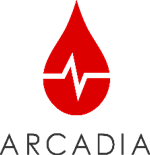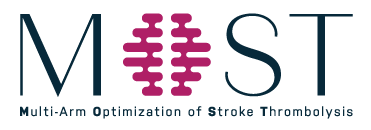
A Trial Cardiopathy and Antithrombotic Drugs in Prevention after Cryptogenic Stroke (ARCADIA)
PI Anjail Sharrief, MD
A randomized trial of apixaban versus aspirin specifically in patients with cryptogenic stroke who have evidence of atrial cardiopathy. This trial will address several important knowledge gaps. First, it will advance our understanding of stroke pathophysiology by assessing whether atrial cardiopathy is a valid therapeutic target, which may set the stage for a primary prevention trial. Second, this trial will advance our understanding of optimal secondary stroke prevention therapy.


